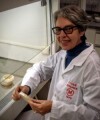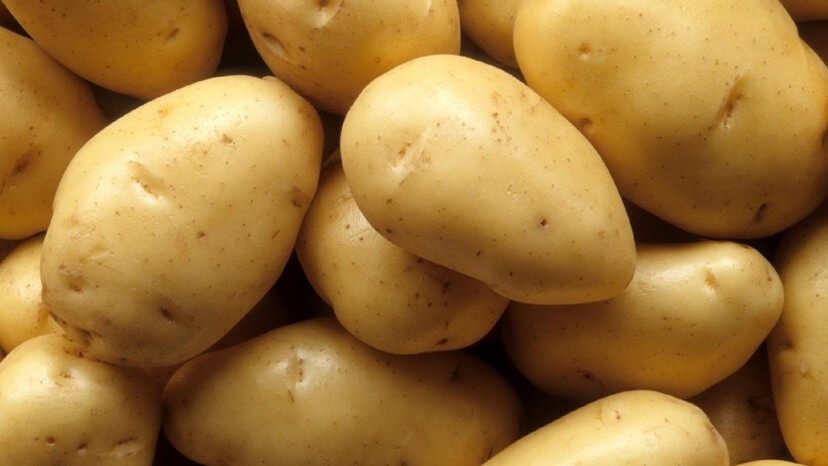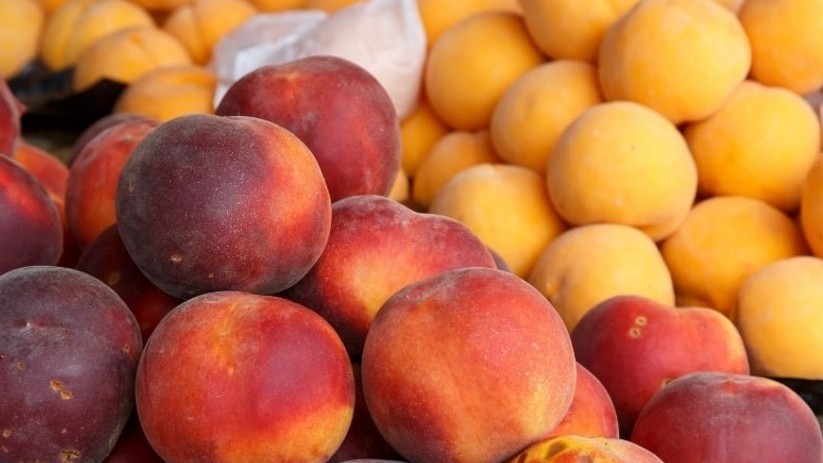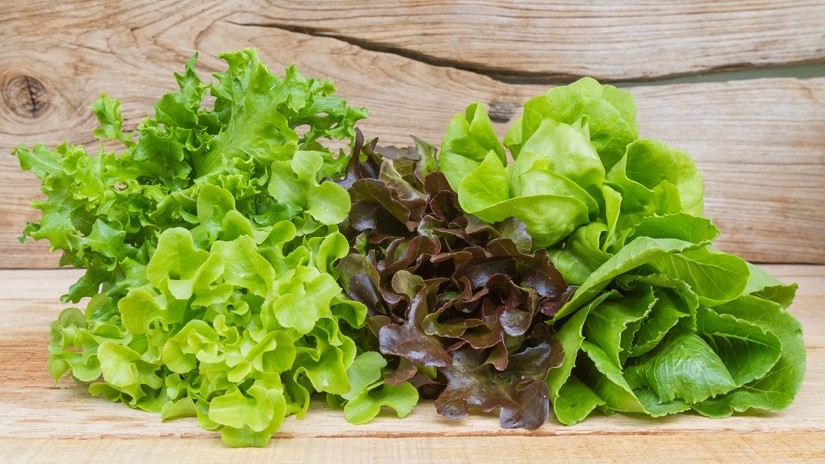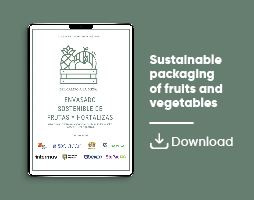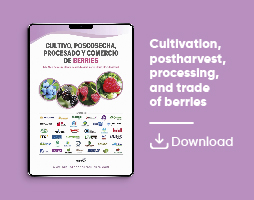News
Low Storage Temperature Induces Lignin Synthesis in Cherries
Lignification plays a crucial role in plant systems, contributing to greater mechanical strength, increased cell wall density, and improved water and nutrient transport
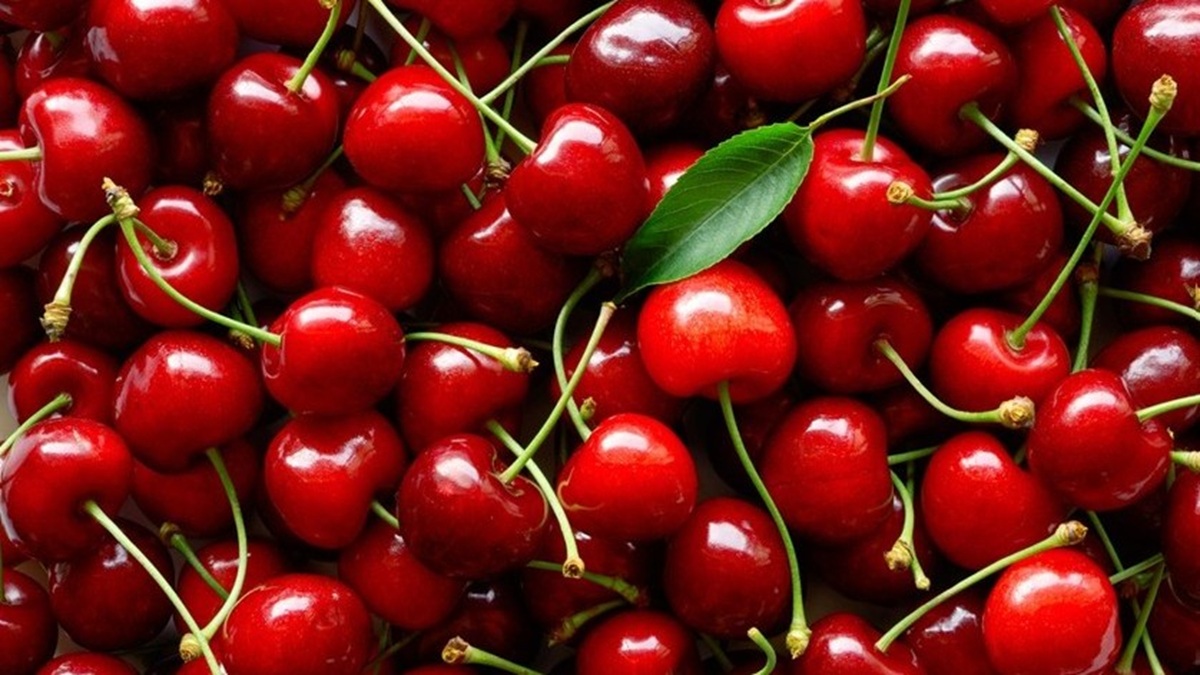
Sweet cherries (Prunus avium L., Rosaceae family) are prized for their attractive appearance, sweet taste and abundant nutritional content, and have become one of the most popular fruits with significant economic value. However, they are prone to rapid deterioration and loss of their attributes during post-harvest storage.
Despite the development of various post-harvest preservation techniques to extend the shelf life of sweet cherries, such as the use of modified atmosphere packaging and edible coatings, these methods are only slightly effective in delaying the deterioration of fruit quality during the initial storage period. Therefore, it is necessary to investigate the physiological changes in fruit during storage to better understand the dynamics of quality and thus develop scientifically based storage strategies that improve their competitiveness in the market.
Lignification
Lignification refers to the deposition of lignin in the cell walls of fruit, resulting in pulp without juice, which significantly reduces quality and commercial value.
It is a ubiquitous phenomenon in the vascular organs of plants, including fruit, and occurs with the enzymatic polymerisation of lignin monomers, forming high molecular weight bioactive lignin, which is subsequently transported from the cell and deposited in the cell wall.
It is a highly controlled and complex process.
Lignification plays a crucial role in plant systems, contributing to greater mechanical strength, increased cell wall density, and improved water and nutrient transport.
It provides effective protection against pathogen invasion and environmental stress.
Until now, the lignification process has been extensively studied in forest trees, while it has been reported in a limited number of species such as kiwis, medlars, bananas, and pears. Research on lignification in sweet cherries is scarce.
Influence on quality
Given the potential of lignification to influence quality, studying the lignification of sweet cherries during post-harvest storage can provide new insights in the field of research and offer a theoretical basis for designing innovative methods to extend the shelf life and quality of this fruit.
Lignin is a structurally complex phenylpropanoid polymer formed mainly by the polymerisation of three different monolignols, including p-hydroxyphenyl, guaiacyl, and syringyl.
The lignin biosynthesis pathway is mainly divided into the phenylpropanoid pathway and the lignin-specific pathway. The phenylpropanoid pathway involves three core structural genes that encode enzymes: phenylalanine ammonium lyase, 4-hydroxycinnamate CoA ligase, and cinnamate 4-hydroxylase.
Phenylalanine serves as the initial substrate of the phenylpropanoid pathway and is converted to cinnamate through a deamination reaction. Cinnamate is subsequently transformed into p-coumaric acid, which is converted into p-coumaroyl CoA, thus completing the phenylpropanoid pathway. These reactions involve the catalytic partitioning of several enzymes.
The specific pathway of lignin is a complex process involving several key enzymes.
p-Cumaroyl CoA is further metabolised, under the action of these enzymes, to produce three main hydroxycinnamic alcohols: p-coumaryl alcohol, coniferyl alcohol, and sinapyl alcohol, which are the precursors of the three monolignols, which are subsequently polymerised to form H-lignin, G-lignin, and S-lignin, respectively.
The lignin monomers then undergo oxidative polymerisation, facilitated by the enzymes peroxidase and laccase, to synthesise lignin.
Studies on cherries
In a recent study, sweet cherries cv. Meizao were subjected to two storage conditions at different temperatures: ambient 20 ± 1 °C and 2 ± 1 °C.
Subsequently, physiological parameters and lignin content were evaluated during storage.
In addition, transcriptome analysis identified alterations in the differential expression of 27 genes encoding lignin biosynthesis enzymes, showing that cold activates the expression of genes involved in lignin synthesis, consequently increasing the activity of related enzymes and leading to lignification in the fruit.
Electron microscopy showed that cell wall thickness was significantly greater in fruits stored at low temperatures, and these conditions induce the activity of enzymes related to lignin synthesis.
These findings not only confirm the occurrence of lignification in sweet cherries during low-temperature storage, but also provide new research elements to elucidate the molecular mechanism of lignin biosynthesis in sweet cherries.
Sources
Jiao, Y.; Zhu, X..; Tian, C.; Shi, X.; Gong, H.; Sun, S..; Li, J..; Zhang, A. (2026).
Low temperature induces lignification in sweet cherry by modulating lignin synthesis-related genes
Postharvest Biology and Technology, 231: 113944.
Cover ohoto
https://ge.globo.com/eu-atleta/nutricao/guia/2023/12/24/c-cereja-ajuda-recuperacao-pos-treino-beneficios-fruta-vermelha.ghtml Access on 13/10/2025.


